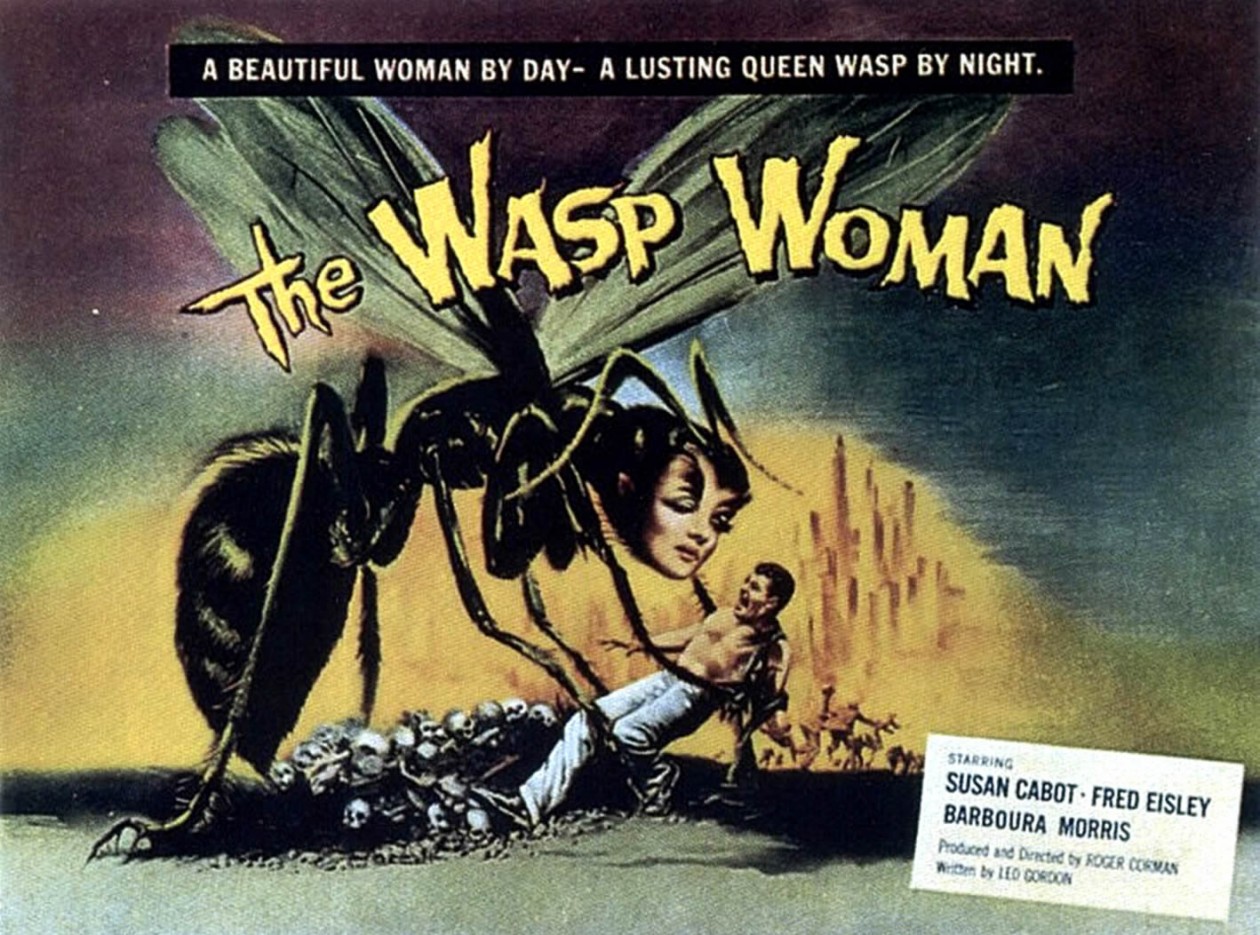Main Points-
Lea Jacobs article uses The Blonde Venus (1932) to support her claim that looking at the full production of the film provides insight into social conflicts of the time.
MPPDA case files begin to build the evidence to delimit the spectrum of analysis. (She supports this claim by analyzing the editing censoring process compared to the final product)
MPPDA case files contain letters and memos that show justification for certain material used in the film. Jacobs uses this material to compare the edits to the final product (the edit points out the area of concern)
Endings
The majority of her argument lies within the major edits to the ending of the film. The three major contributors to the ending of the film provided the following endings:
Josef Von Sternberg- Helen gives up everything, the billionaire lover, the glamorous life and returns home to Ned and Johnny.
The Studio- Helen stays with Nick (the billionaire). Turns out Ned has been having an affair with the house keeper. In court for custody of Johnny, Nick threatens to divulge Ned’s affair ultimately forcing Ned to relinquish his custody. Then Nick and Helen end with wedding arrangements.
The Industry censors- vehemently opposes the studios ending. Then considering the released ending Jacobs infers that the industry approved the final product because it follows the rule of compensating moral values.
After discussing the endings she suggests through the industries imposed rules (i.e. compensating moral values) the studio produced the idea of the romantic couple.
Jacobs then discusses the transformation of the image of Helen due to the reworking of the story. The industry says the image of Helen is justified through the disjuncture between motive and action (Jason Joy). But Jacobs argues that the disjuncture is too extreme and her actions then border on the unbelievable.
The discrepancies stemming from “trying to make everyone happy” (everyone being: the director, studio and industry) leads to a division of Helen’s character and the actress playing her.
This division exploits material relating to female sexuality and confuses the intentions of Helen. (i.e the lyrics in “Hot Voodoo” suggest sexual desire, puts her intent into question when she starts her affair)
Overall, Jacobs argues that to fully analyze The Blonde Venus you must look at the entire revision process through the final product to be able to delimit the conflicts that are produced.
